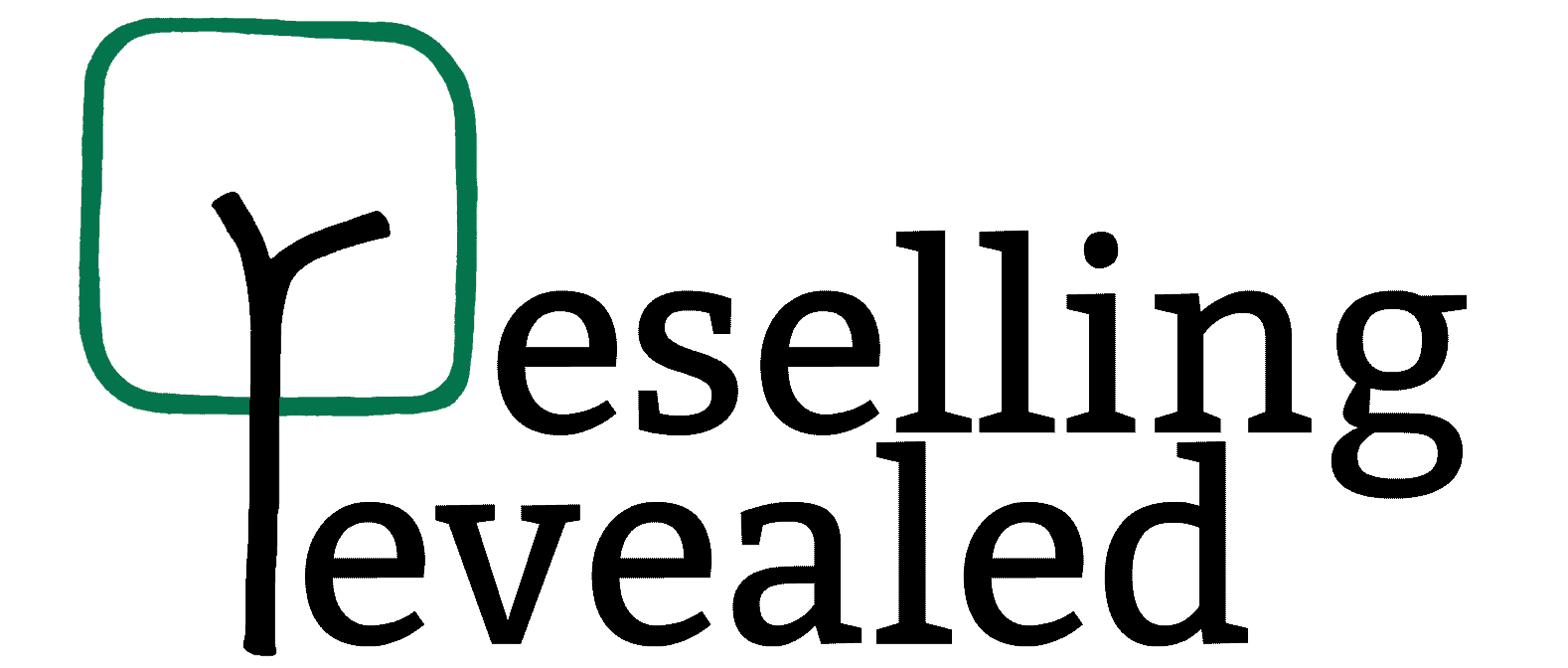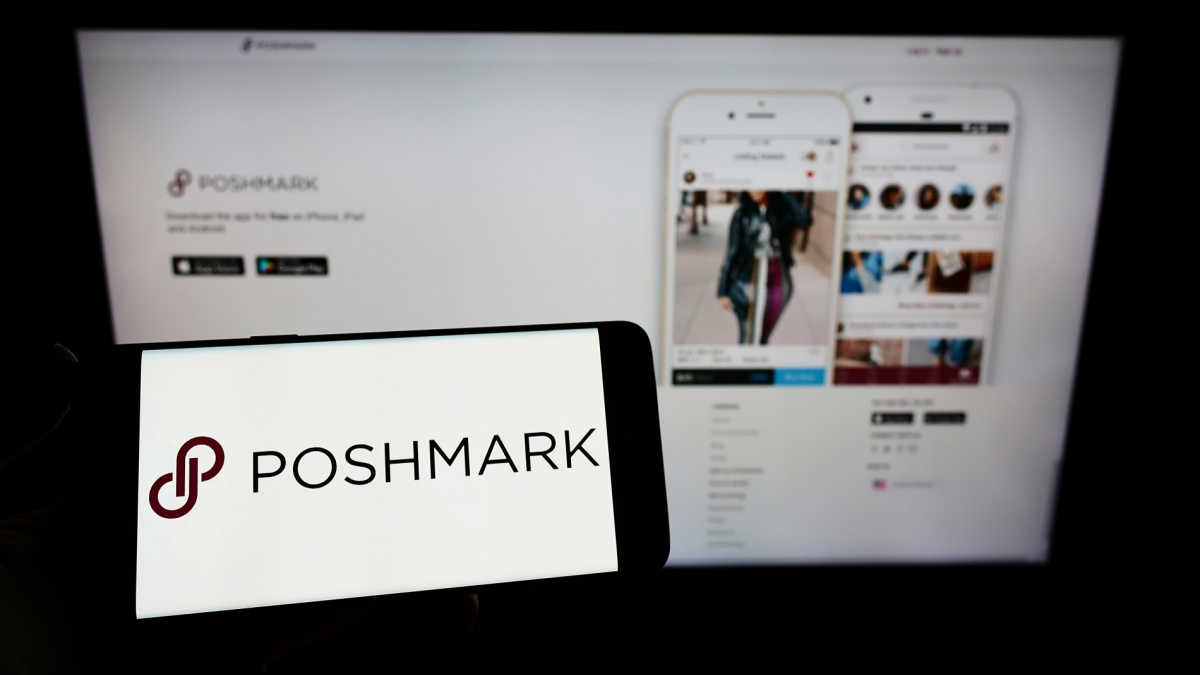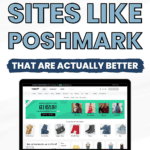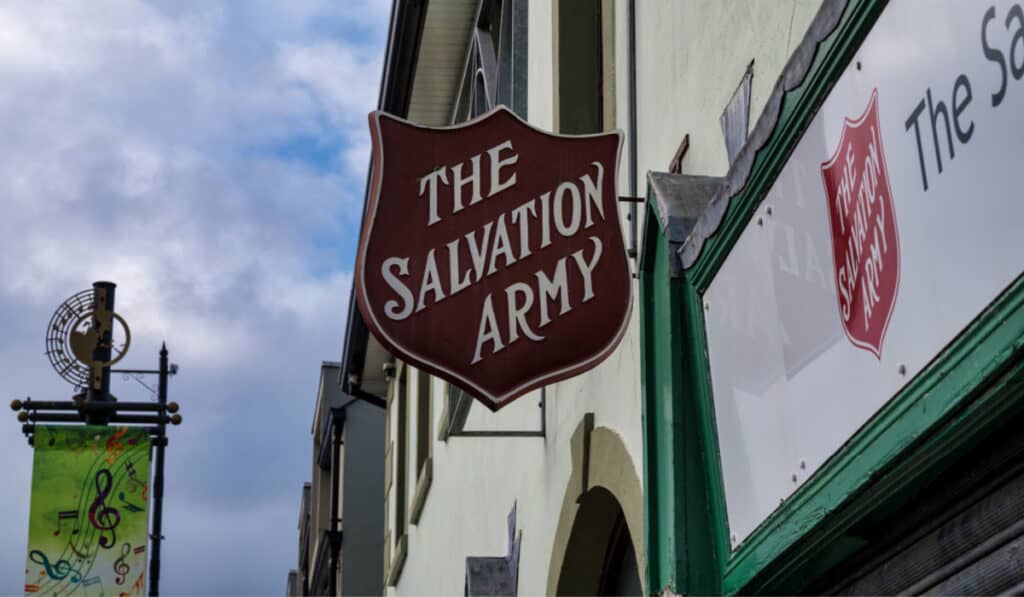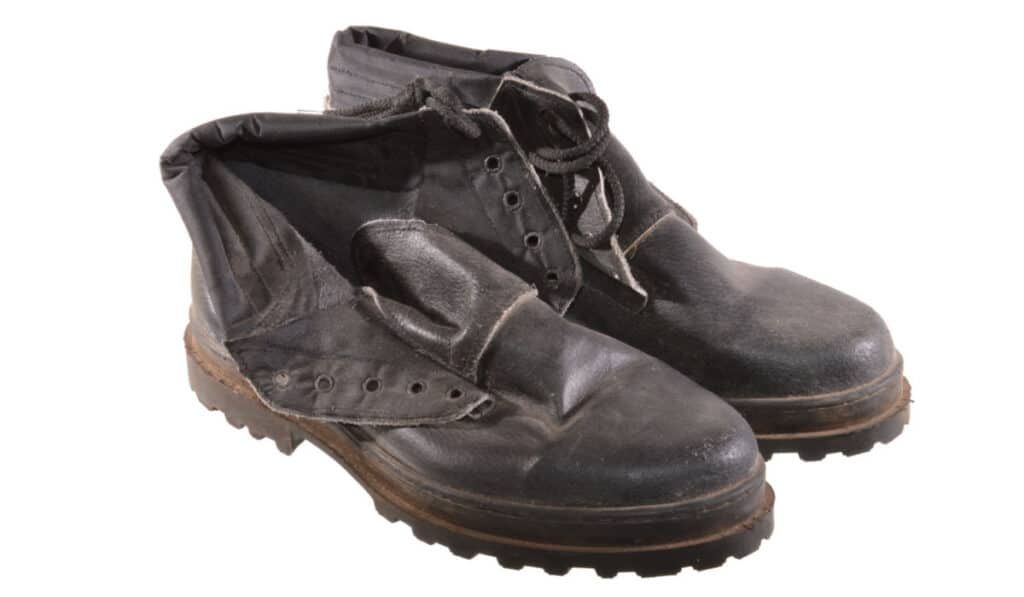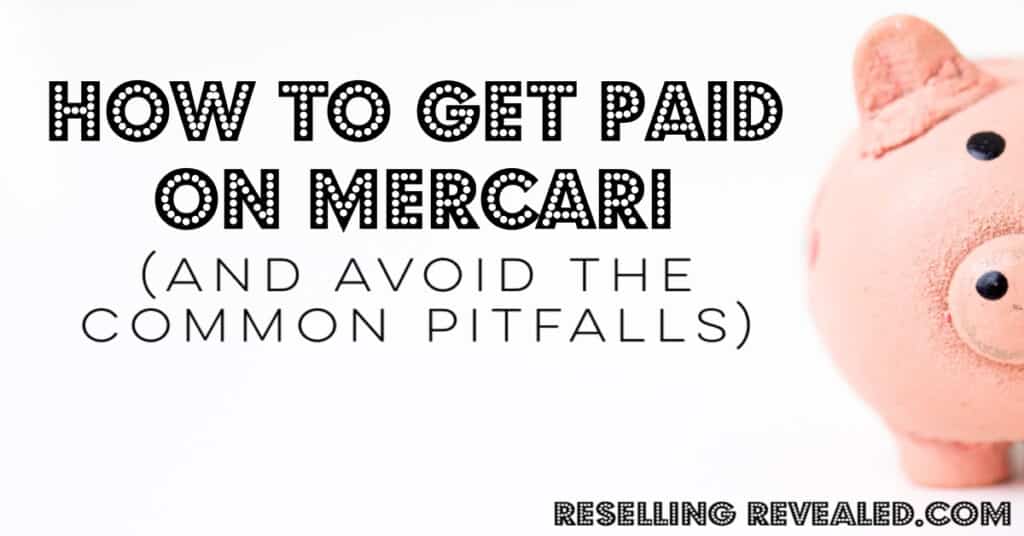As an Amazon Associate I earn from qualifying purchases.
A couple of years ago people were leaving eBay in droves.
Everybody wanted an alternative to eBay because of fee increases, poor customer service, and market saturation.
Now a similar thing is happening to Poshmark. People whose sales have slowed recently are looking for Poshmark alternatives where they can continue to make money in the coming years.
Unfortunately, there’s nothing quite like Poshmark. However, there are several other sites with a slightly different feel that will still allow you to buy and sell your lightly used clothing.
Let’s take a look at Poshmark itself first of all and then a few of the alternatives that I’ve tried buying and selling on as a replacement.
What Makes Poshmark Unique
The main distinguishing factor of Poshmark is its social aspect. It was originally designed to be a social site that also allowed you to sell your closet.
In theory, you would follow the closet of people who were roughly your same size and had the same taste so you could always be seeing clothing in your feed that would be perfect for you.
That’s not what it became.
Since Poshmark was taken over by resellers (sorry…) it is full of people with huge followings that sell everything they can get their hands on.
However, the sharing aspect is still in place and makes the site unique. Whether you like the sharing aspect or not, there’s no arguing that it is the main thing that makes Poshmark, Poshmark.
Oh and the fact that Poshmark panders to a demographic that allows resellers to charge significantly more for their items than they can get on eBay or Mercari.
The Single Best Poshmark Alternative
The single best Poshmark alternative is hard to pin down and people like Poshmark for different reasons.
However, if you’re not looking for the best platform for buying and selling clothing I hate to say it but the best alternative is still eBay.
eBay has a much larger seller (and buyer) base than Poshmark which allows both sellers and buyers to have more success.
Oh and here’s a hot tip, most sellers sell on both eBay and Poshmark. Since Poshmark’s fees tend to be higher you can often go find the exact same item (from the same seller) on eBay for cheaper.
However, I recognize that eBay isn’t for everyone so let’s take a look at a few other platforms and hopefully introduce you to a few that you haven’t heard of before.
Alternatives To Poshmark – 13 Similar Sites For Buying & Selling Clothing
1. THREDUP
THREDUP calls itself the world’s largest online thrift store and offers over 35,000 brands and 25 million items.
They offer a convenient way to shop for secondhand clothing, shoes, and accessories. Their site is easy to navigate, and they have a great selection of items for both men and women.
They also have a loyalty program that rewards customers for shopping with them. I’ve been a member for a few years, and I’ve never had any problems with their service. Overall, I would highly recommend THREDUP to anyone looking for a great deal on secondhand clothing.
THREDUP is a bit different than Poshmark in that it doesn’t allow you to list and sell your own items. Instead, you send them in and the company will photograph and list them for you.
While this reduces the effort it takes to sell things you’ll have to take their much higher fees into account if you plan on selling on their platform.
2. The RealReal

The RealReal is an online luxury consignment store that specializes in authenticated designer fashion and home goods. Since its launch in 2011, the company has become a leading player in the resale market, with millions of shoppers worldwide.
One of the key factors in The RealReal’s success has been its focus on authentication. Unlike Poshmark and other online marketplaces which typically rely on self-reporting by sellers, The RealReal employs a team of experts to carefully examine each item that is brought in.
This helps to ensure that only genuine designer products are listed on the site, which in turn builds trust with shoppers.
Additionally, The RealReal offers free shipping and returns, as well as a money-back guarantee if an item is found to be fake.
If you plan on selling on the RealReal you can get a much higher price for luxury-type items as the trust that they have built attracts customers with more money who have no desire to take a risk on other sites.
3. VestiaireCollective (Formally Tradesy)
VestiaireCollective is an online platform that allows users to buy and sell both new and secondhand clothing and accessories. It is probably the most similar so far to Poshmark as it offers a true platform where sellers control their own listings and sales.
With more than five million members in over 100 countries, VestiaireCollective has a large enough buyers base for sellers to support a real store although they are still much smaller than Poshmark or eBay.
If you haven’t heard of VestiaireCollective you’ve probably heard of their old name “Tradesy” which they’ve moved away from to brand themselves as more of a luxury goods seller and now has a ton of authentic high-end goods for sale.
4. Vinted
Vinted is a popular online marketplace that specializes in the buying, selling, and swapping of pre-loved clothing, accessories, and footwear.
Launched in 2008, it has grown into a thriving community-driven platform where users can refresh their wardrobes in a sustainable and cost-effective manner. Vinted offers an easy-to-use interface, allowing members to list items, chat with potential buyers or sellers, and securely make transactions. The platform operates in multiple countries and prides itself on its commitment to environmental sustainability.
While both Vinted and Poshmark aim to provide users with a seamless experience in purchasing and selling pre-loved items, they differ in a few key areas. Vinted is primarily focused on secondhand clothing and accessories, while Poshmark offers a mix of new and used items.
Additionally, Vinted’s emphasis on sustainability and eco-friendliness sets it apart from Poshmark. In terms of user experience, Poshmark’s social networking aspect creates a more interactive and engaging environment, while Vinted focuses on providing a simple, straightforward platform for buying and selling items. Ultimately, the choice between the two platforms depends on users’ individual preferences and priorities.
5. eBay
I know I already mentioned eBay once already but I had to sneak it in again here. If you’re a reseller and not putting your items on eBay then you’re leaving money on the table.
eBay is the largest platform in terms of both buyers and money changing hands. Add in all the tools that they have that make it easier to actually run a full-scale business on the platform and it becomes a no-brainer.
If you’ve been selling exclusively on Poshmark you can use a cross-listing software like ListPerfectly to easily copy your listings over and increase your sales overnight!
6. Mercari
Mercari is the third of what I would consider the “Big Three Reselling Platforms” (being eBay, Poshmark, and Mercari).
While eBay has a smaller user base than eBay, it allows you to sell all kinds of things that are not allowed on Poshmark (and some that aren’t even allowed on eBay).
However, this freedom to list is because the platform isn’t nearly as moderated as eBay so you’ll want to have your guard up for the scams that will come your way.
As an added bonus, Mercari charges only 10% in fees which puts it below eBay’s fees and well below Poshmark’s 20%.
*Signing up through our link automatically awards you a coupon that will save you $10 off of your first purchase (of $20 or more)
7. Depop
Depop is a social shopping app that was founded in 2011 and has since gained widespread popularity, particularly among younger, fashion-forward audiences (in other words…not me).
Similar to Poshmark, Depop is dedicated to providing an accessible platform for buying and selling pre-loved fashion items. However, it distinguishes itself with its strong focus on promoting creativity, self-expression, and community-building. The platform’s aesthetic is heavily influenced by streetwear, unique vintage finds, and up-and-coming designers, which resonates with its predominantly Gen Z and Millennial user base.
So if that’s your nice, Depop might be a great option! Just be aware that there are few shoppers who will be looking through your store and I don’t know of anyone who makes a full-time living selling on Depop. Not to say there aren’t any, but they’re much rarer than those who use the larger platforms.
Check out our full Poshmark vs. Depop Comparison to see which one is for you.
8. Etsy
Etsy is a global online marketplace founded in 2005 that focuses on handmade, vintage, and unique items, as well as craft supplies.
While it mainly serves as a platform for independent creators, artists, and small business owners to showcase and sell their products, it is a bit of a haven for resellers who focus on vintage items.
One of the biggest differences between Poshmark and Etsy is that Etsy totally lacks the social aspect. There is no sharing, commenting, etc. You can follow shops and save items but that’s about the extent of it.
Also, instead of primarily targeting pre-owned fashion, Etsy offers a diverse range of products that cater to various interests and hobbies. Its emphasis on supporting small businesses and independent creators contributes to its unique charm and appeal.
While I have not personally sold on Etsy to any great extent, my wife ran a vintage shop on Etsy for several years that was mildly profitable (also I still think she just wanted to buy all the vintage clothes I wouldn’t buy while thrifting…)
9. Grailed
Grailed is a curated online marketplace launched in 2013 that specializes in men’s fashion, with a focus on high-quality designer, streetwear, and vintage clothing, as well as footwear and accessories.
The name comes from the term “holy grail” which refers to the type of items that people spend forever searching for and are, in theory, the pinnacle of their search.
The platform has gained a dedicated following among fashion enthusiasts, who appreciate its extensive selection of rare, limited-edition, and sought-after items from a wide range of established and emerging brands.
Grailed sets itself apart from Poshmark with its focus on the men’s fashion market and its commitment to offering a highly curated selection of products. Grailed caters to a more niche audience of discerning fashion enthusiasts who are interested in exploring high-end designer pieces, exclusive collaborations, and unique vintage finds (“hype” products usually like Nike, Supreme, Patagonia, etc.)
In contrast Poshmark, however, Vinted offers a straightforward platform for environmentally conscious consumers looking to buy and sell pre-loved clothing and accessories. You’re probably noticing the trend here that every other platform eschews Poshmarks fixation on the social aspect of selling.
10. Kidizen
Kidizen is a specialized online marketplace founded in 2014, focused on providing a platform for parents to buy and sell gently used children’s clothing, accessories, toys, and gear.
While kid’s clothing is allowed on Poshmark, it’s certainly not the focus and buyers can be few and far between.
Kidizen promotes a sustainable and cost-effective approach to shopping for growing children while fostering a sense of community among users.
If you specialize in children’s clothing then Kidizen is a great place to establish a store. Even if you’re just looking to cycle through your own kids’ clothes (and buy more for a great deal) then Kidizen will probably make/save you more money in the long run than Poshmark will.
Choosing Alternate Platforms As A Seller
So if you’re a Poshmark seller looking to explore alternate platforms there are a few things you’ll want to consider before taking the time to learn a new system.
It’s no secret that I don’t love Poshmark. However, I still use it because I want to be able to connect with the buyers that use it. In other words, I’ve considered the pros and cons and found that selling on Poshmark is still worth my time.
If you’re looking to perform a similar analysis on a new platform, here are a few things that I would recommend you consider:
- Your Niche: What you sell will help you determine where to sell it. If you sell only trendy women’s clothing then Poshmark might be a viable option. If you sell anything else, however, you’ll want to find the platform where your buyers congregate.
- Platform Features: Research various platforms and compare their features, such as fees, shipping options, ease of use, and payment methods. Some platforms (like eBay) may provide a more streamlined selling experience, while others (*cough* Poshmark *cough*) don’t offer any support for people with a large number of listings. Most platforms fall somewhere between those two.
- Social Aspects and Community Engagement: If you enjoy the social networking features of Poshmark, consider platforms like Depop or Kidizen, which also emphasize community-building and user interaction.
- Platform Reputation and Reach: Research the reputation and popularity of each platform, as well as their presence in your target market. A well-established platform may provide greater visibility and potential for growth. The last thing you want to do is build a store on a Platform like Artfire only to have it totally die and take your business with it.
Conclusion
In conclusion, while Poshmark has experienced a decline in popularity due to various factors, there are numerous alternative platforms available for buying and selling pre-owned fashion items.
Finding alternatives to Poshmark isn’t challenging but vetting a new platform to the point that you’re comfortable dedicating your time to it is a different matter altogether.
If you’re a reseller that relies on income from your sales I would encourage you to branch out and try different platforms (eggs in a basket, ya know?) but keep the larger platforms as the backbone of your business. it’s just safer.
But, whichever platform you choose, good luck, have fun, and crush those sales!
